Setting a purpose for reading can keep our readers from becoming overwhelmed by giving them a specific reason for reading. Helping students set a purpose for reading purpose also helps them understand the value of tapping into their prior knowledge.
Today, I’m sharing some tips for setting a purpose and showing how to use it in the context of a picture book. It’s the first post in our Teaching Comprehension Reading Strategies with Picture Books series.
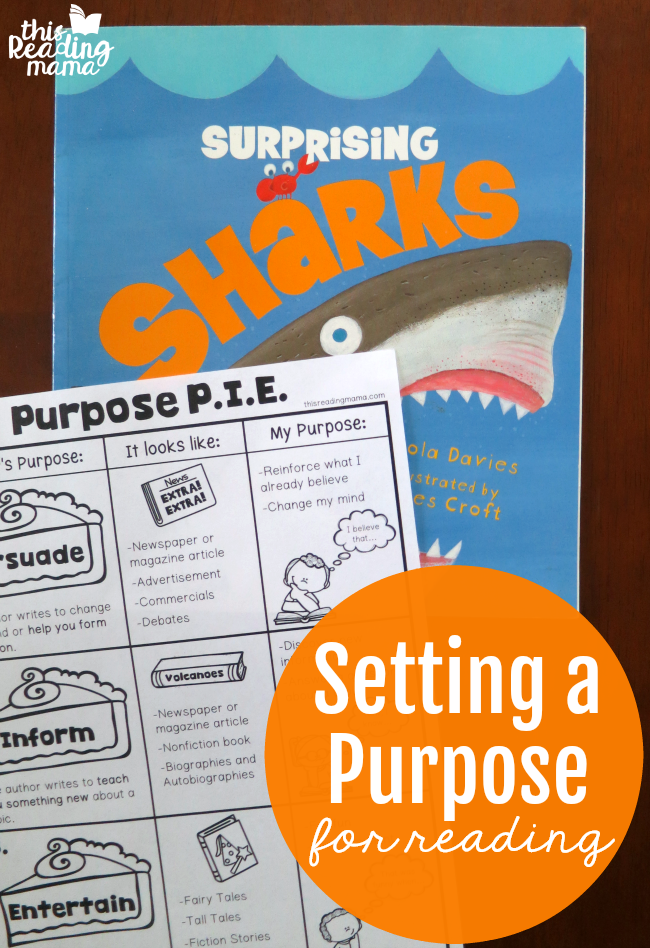
*This post contains affiliate links.
**The free printable can be found towards the END of the post. Click on the teal download button.
Author’s Purpose & Setting a Purpose for Reading
Before we dive all the way in, let’s talk about author’s purpose first. Why? Because having a basic understanding of the author’s purpose plays a major role in setting a purpose for reading.
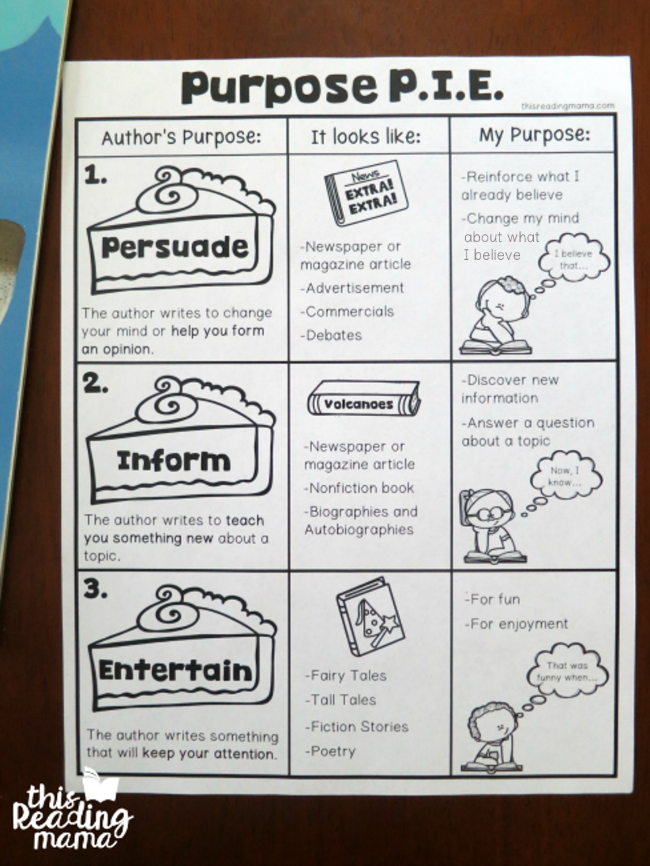
I created a simple Purpose P.I.E. handout that can help learners understand how the author’s purpose helps them set a purpose.
In a previous lesson or two, go over the three main reasons authors write:
1- to persuade
2- to inform
3- to entertain
Be sure to share examples of each kind of author’s purpose with real texts that learners have access to seeing and touching. You can use the middle column of the chart to give you ideas.
Steps for Setting a Purpose with a Picture Book
Once learners have the basic knowledge of author’s purpose, help them see how this is related directly to WHY they read a text themselves {far right column}. Follow these simple steps to help you teach setting a purpose using a picture book.
1. Ahead of time, pick a fiction or nonfiction with your book choice. I chose nonfiction with the book Surprising Sharks by Nicola Davies because I love this text! Just be sure you know the book well before you use it.
2. Survey the book with learners to determine if it’s fiction or nonfiction. Show them how you can look at the title, look at the pictures, read the headings, or maybe even skim a paragraph or the blurb about the book. All of this can help you decide what kind of book it is.
My son said Surprising Sharks was nonfiction because the author was telling facts about sharks.

3. Once you’ve determined if it’s fiction or nonfiction, think about the primary reason the author wrote the text. Was it to persuade, inform, or entertain? We determined that even though there are funny illustrations that can entertain the reader, the main purpose of this text is to teach or inform the reader about sharks.
4. Ask the learner to look at the “My Purpose” column. Which of these would be a reason they would read this text? We decided that we would read the book to discover new information about kinds of sharks. {Of course, these aren’t the only reasons we read, but giving too many reasons for reading could be confusing at first.}
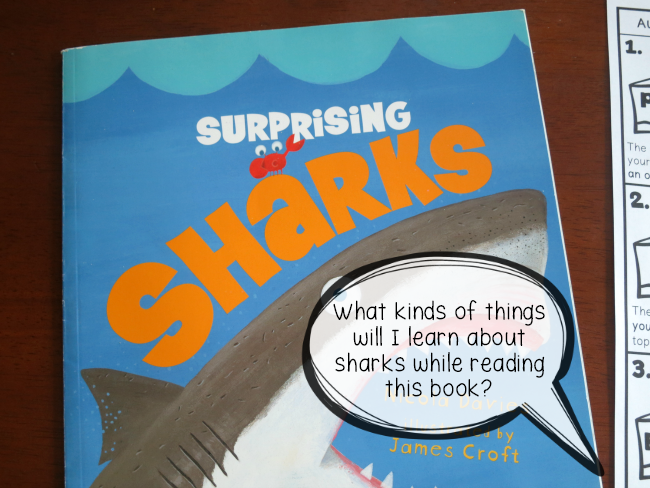
5. Form your purpose as a question: “What kinds of things will I learn about sharks while reading this book?” Forming it like a question gets the brain ready to listen for an answer.
6. Once you have a purpose picked, read the text. As you read, listen for answers to your purpose question. You can have learners place sticky notes on the text to jot down notes about things they learn.
7. Model with other kinds of books and genres using these steps.
8. Gradually release the responsibility to your learners until they can use the steps independently. Be sure to use plenty of guided practice before giving them complete ownership, especially with your struggling readers.
See all the Posts in this Series HERE.
You Might Also Like
- Checking Comprehension
Download the freebie below!
Enjoy teaching!
~Becky
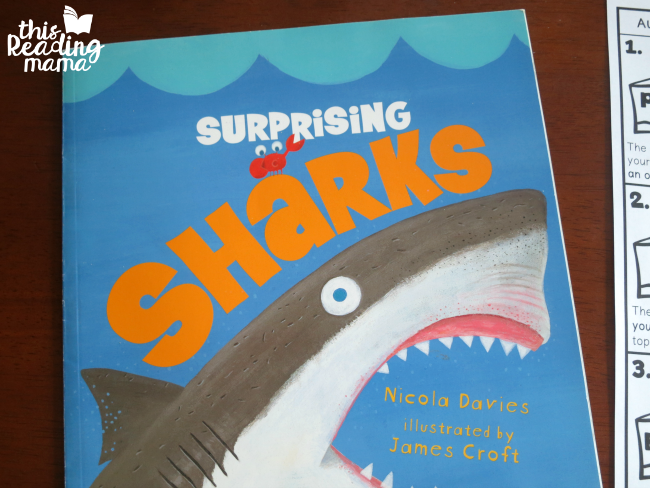
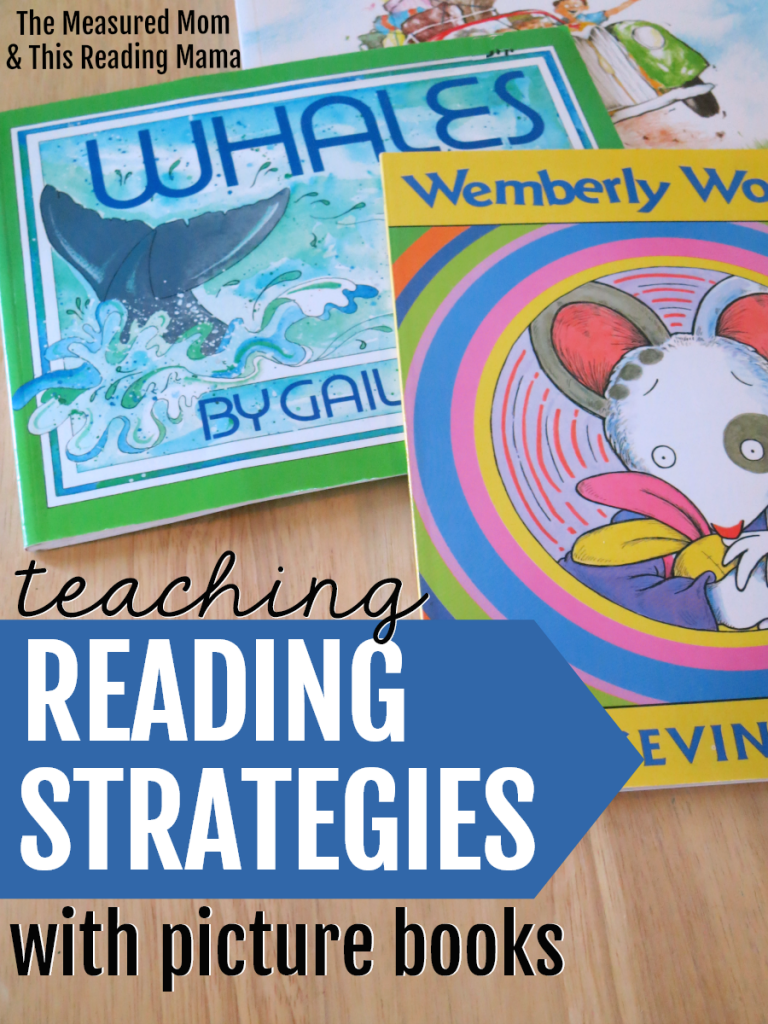
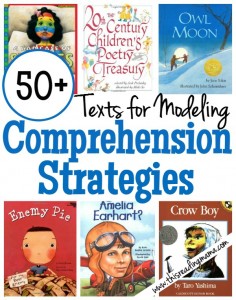
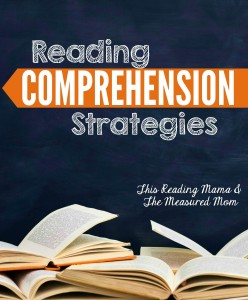
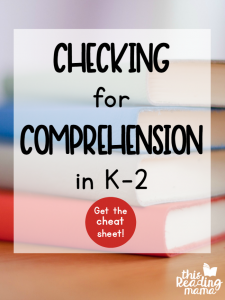

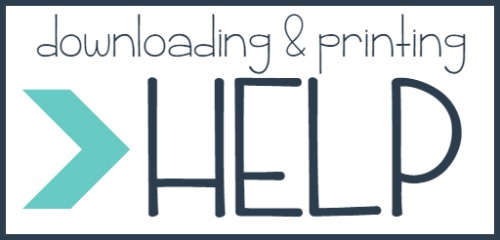
Thanks for this great resource! I plan to use this with my tutoring students!
You’re welcome! So glad you can use it!